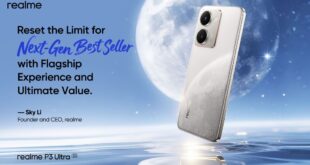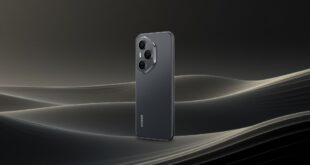Gorilla Glass is developed by Corning Inc.. It is basically treated glass made from a material called alkali-aluminosilicate.
If you stayed up in Chemistry class long enough, you’d know that alkali-aluminosilicate is a combination of gladdaluminum, silicone and oxygen, all bonded together to create a glass that is resistant to damage and scratches, lightweight, and thin. Usually, Gorilla Glass is 0.4 mm thick.
While it is a fact that Gorilla Glass can’t be broken, it will not however stop your smartphone to be broken when it falls in certain ways.
That said, you shouldn’t consider having Gorilla Glass as a way to protect your phone from damages, but rather as a technology that protects your smartphone from deep scratches.
To know the difference of each Gorilla Glass versions, here’s a list and explanation of each feature.
GORILLA GLASS VERSIONS
GORILLA GLASS 1
Gorilla Glass 1 was ready between 2005 and 2006, and Apple’s iPhone propelled it to popularity in 2007. The Gorilla Glass for the iPhone was only 1.5 mm thick and it had an oleophobic coating which minimized fingerprints and smudges.
GORILLA GLASS 2
In 2012, Corning released Gorilla Glass 2 and was 20% thinner than the first model able to hold up to 50 kg of pressure without cracking or breaking. Notable smartphones with Gorilla Glass 2 were the Nexus 4 and the Galaxy S3.
GORILLA GLASS 3
Gorilla Glass 3 introduced Native Damage Resistance (NDR) technology allowing the glass to handle even deeper scratches. Corning claims that the third generation of Gorilla Glass prevented up to 35% of the scratches. Notable smartphones using Gorilla Glass 3 were Galaxy S4, the Moto G, and the Moto X.
GORILLA GLASS 4
Corning released the fourth version of its Gorilla Glass in 2014 with an aim to reinforcing the glass. The fourth version Gorilla Glass was twice as strong as its predecessor and Galaxy Note 5 and ZenFone 2 Laser were notable smartphone models with the glass.
GORILLA GLASS 5
The fifth and current generation of Gorilla Glass technology focused on providing even more resistance to drops, delivering four times the strength as the previous version. According to Corning lab test, the glass will be able to withstand drops from up to 1.6 meters, hence allowing phone manufacturers to give warranties of cracked glass.
HOW TO CHECK IF YOUR PHONE IS USING GORILLA GLASS
There’s a lot of smartphones out there claiming to use anti-scratch glass in order to entice users, and users tend to assume that all ‘anti-scratch’ phone screens are made of Corning’s Gorilla Glass.

This creates a negative impression when some manufacturers choose to lower manufacturing prices by adopting (and swapping) so called ‘similar quality anti scratch’ glass over Gorilla Glass they had initially promoted.
To address this, Corning developed a section listing smartphones fitted with Gorilla Glass in order to enable users to check if their phones are using their glass.
 PhoneSentral Tech in Simplicity
PhoneSentral Tech in Simplicity



